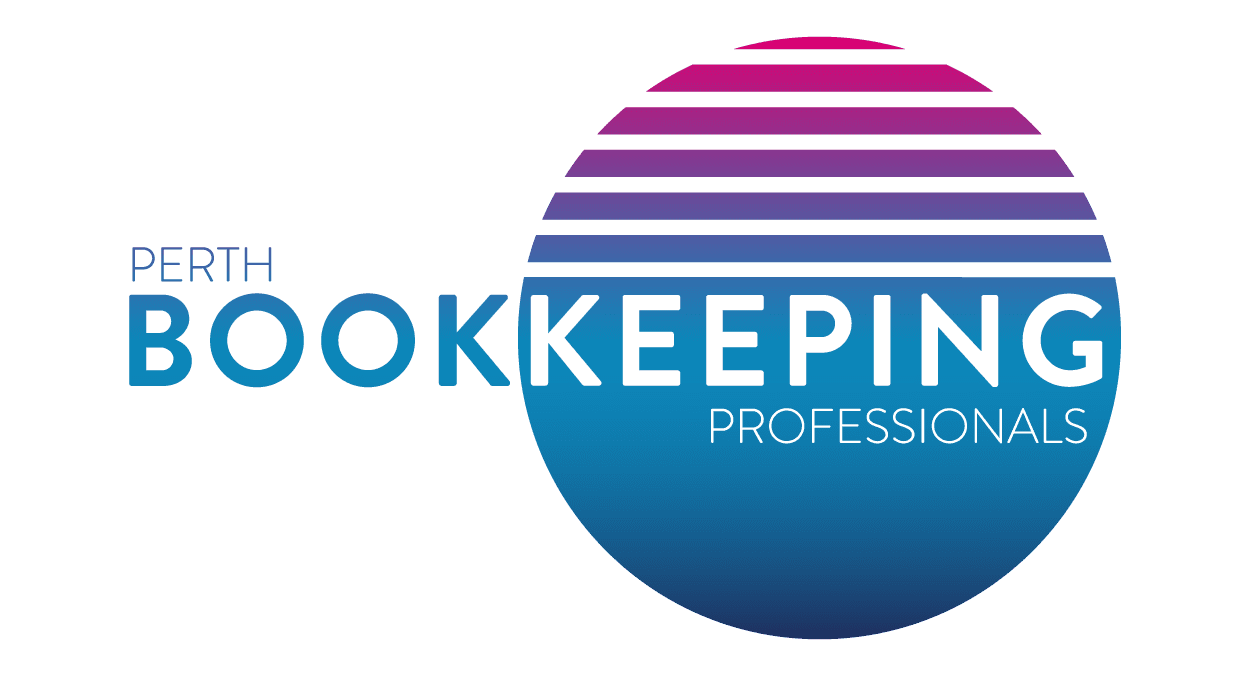Are you having difficulty with cash flow and turning over a profit, even to the point that staying in business is getting even more difficult? Some work on your bookkeeping and implementing some great systems could save your business.
Increasing your profit doesn’t need to be as difficult as constantly bring in more clients, and in fact if your price structure isn’t set up correctly, bringing in more clients could send you the wrong side of bottom line even faster.
Lets look at an example, this business is struggling with making a profit and is in the mindset of just bringing in more clients to try to fix the problem.
Once we looked at the price structure we worked out that their average sale per customer and his prospect conversion rate were so low that he needed 3,750 meetings with prospective customers in the next year just to get back to breaking even! Whoa! That’s a lot of work with out taking on a new team.
There’s another way to make more money, which is to increase your profit margins. Same customers, same level of physical sales, same systems, no more staff or extra overhead costs, existing premises and capacity—isn’t that a thought?
Here are 10 tips:
1. Know your gross profit margin
Make sure you know your up-to-date, overall gross profit margin. It’s no good using estimated inventory figures or working from the figure in your last Annual Financials or tax.
Work with a bookkeeping professional in preparing your accounts to the last month-end from your accounting software. Using an inventory system means there’s no need for a stock take, and your data is always up to date.
Get some benchmarking figures from your bookkeeper or business advisor. How does yours compare to the industry average?
2. Analyse your profit margins
Your overall gross profit margin could be deceiving.
Find out the gross profit margin on each of your products and services, and analyse your gross margins over different business divisions, product categories, suppliers or customer categories according to your business structure. If you don’t have more than one product or service line and you haven’t been tracking the costs and revenue for each, then talk to a bookkeeping professional on how to set this up.
This will clearly show you the areas of your business that are making more profit, and therefore the area you should focus on. No point in advertising and selling a low-profit margin product when you have other options that are more viable.
3. Increase your prices
This is something that most small business owners don’t like doing, or even feel guilty about doing it. You need to consider that your customers love you, they love your product or service and realise that people are loyal where they are getting value. Your customers will expect increases. Lets face it, we all have increasing overheads, and our prices need to increase accordingly.
It’s true that you might lose the odd customer, but if your margin is 50 percent, a 10 percent increase in prices means you can lose 17 percent of your customers yet be no worse off!
4. Don’t discount! It comes straight out of your profit.
Discounting can be the death of many businesses that don’t realise how badly this destroys your margins.
Using the same example as above, at the same margin of 50 percent, if you discount your prices by 10 percent, you need a 25 percent increase in sales just to stand still. Say goodbye to your day off!
5. Don’t compete on price
Differentiate yourself in other ways, whether by giving superior value, going the extra mile or reducing all the other (non-monetary) costs of doing business with you—effort, time, anxiety and emotional costs.
6. Take early payment and trade discounts from suppliers
It’s normally a much better deal than trying to delay payment, even if you’re borrowing. Always take up the early payment discounts, this can do wonders for your profit margin and the relationship with your supplier, you will be a valued customer to them.
7. Prevent theft
Whether stolen by staff or customers, losing cash is very costly.
Do you have anti-shoplifting or theft prevention systems in place, even for staff? Do you balance your tills? Who does your banking?
These are all questions that can be answered CORRECTLY with a good accounting system.
8. Watch supplier bills
Check all supplier bills personally. After a while you’ll get a feel for things which aren’t right. Don’t be surprised to find that you’ve been overcharged for goods or services you haven’t received or been billed at the wrong prices.
9. Use an inventory system
Using a good inventory system (most popular accounting software will have it included, or you can consider an add-on) is vital to keep track of your inventory. By implementing a good inventory system you will find;
- your profits increase as you will have a good balance of inventory (not too much, not too little);
- it will help turnover inventory so you don’t have it sitting on the shelf too long;
- you will have happy customers! When you have the right inventory levels you’ll always be able to meet customer demand, and they won’t go chasing stock from a competitor;
- it will help you to plan ahead for seasonal adjustments
- automated inventory ordering and sales
- saves your staff time – meaning less employees needed
Inventory systems really need a whole other blog post, so watch out for that one.
Increasing your margins is all about making the most of what you sell right now. So if you don’t have an inventory system set up, and you are a business that carries stock, check out how we can help with setting up and maintaining a system that will save you time and money.
